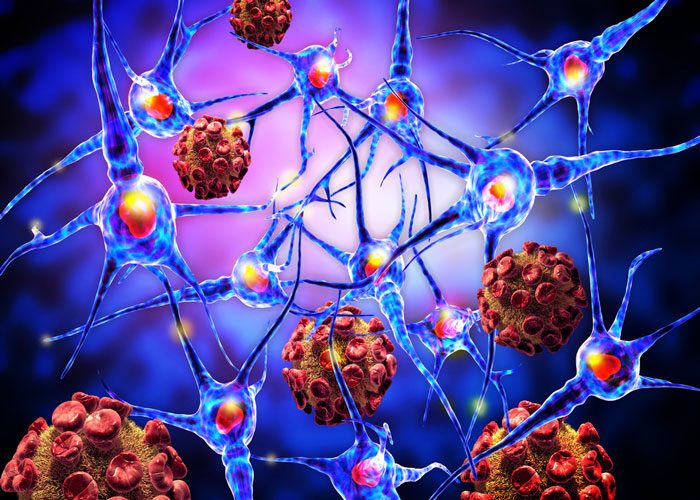Anle138b blocks toxic ion flow linked to Alzheimer’s disease
Posted: 5 December 2017 | Dr Zara Kassam (Drug Target Review) | No comments yet
A new small-molecule drug can restore brain function and memory in a mouse model of Alzheimer’s disease by stopping toxic ion flow in the brain…


An international team of researchers has shown that a new small-molecule drug can restore brain function and memory in a mouse model of Alzheimer’s disease. The drug works by stopping toxic ion flow in the brain that is known to trigger nerve cell death. Scientists envision that this drug could be used to treat Alzheimer’s and other neurodegenerative diseases such as Parkinson’s and ALS.
“This is the first drug molecule that can regulate memory loss by directly blocking ions from leaking through nerve cell membranes,” said Ratnesh Lal, a Professor of Bioengineering at the University of California San Diego and co-senior author of the study.
Various studies have linked Alzheimer’s disease to the accumulation of two particular proteins in the brain called amyloid-beta and tau. One theory is that these protein clusters create pores in nerve cell membranes that allow ions to travel in and out uncontrollably. This would alter ion levels inside the cells and in turn trigger neuronal dysfunction and cell death.
The new drug, a small molecule called anle138b, blocks these pores from moving ions in and out of nerve cells. Anle138b attaches to both amyloid-beta and tau protein clusters and deactivates the pores created by these clusters.
Researchers administered anle138b to mice with a genetic predisposition for developing an Alzheimer’s-like condition. The mice had symptoms such as abnormal brain function, impaired memory and high levels of either amyloid-beta or tau proteins in the brain. Treatment with anle138b normalised brain activity and improved learning ability in mice.
Christian Griesinger, a professor at the Max Planck Institute for Biophysical Chemistry and co-senior author of the study, noted, “The drug is able to reach the brain when taken orally. Therefore, it is easy to administer, and we are currently performing toxicology studies to eventually be able to apply anle138b to humans.”
Blocking the ion leakiness of amyloid channels using anle138b could be an effective therapy for various diseases
The team cautions that since the drug has so far only been tested in mice, it is unclear how well it would perform in humans. “I would like to emphasize that none of the current animal models fully recapitulate the symptoms seen in Alzheimer’s patients. Thus, care has to be taken when interpreting such data. However, our study offers evidence that anle138b has the potential for neuroprotection,” said André Fischer, a senior researcher at the German Center for Neurodegenerative Diseases and the University Medical Center Göttingen, who is also a co-senior author of the study.
Prof Lal and his research group are now particularly interested in testing anle138b on a variety of other diseases that are linked to toxic ion flow caused by amyloid proteins, including diabetes, tuberculosis and certain types of cancer. Prof Lal’s group has performed extensive research on amyloid ion channels and their roles in these diseases. “Blocking the ion leakiness of amyloid channels using anle138b could be an effective therapy for various diseases,” Prof Lal said. Future studies will focus on using these nano-bowls to deliver anle138b to the brain, as well as other diseased tissues and organs affected by toxic amyloid-beta ion channels.
The study was led by the German Center for Neurodegenerative Diseases, the University Medical Center Göttingen, the Braunschweig University of Technology, the Max Planck Institute for Biophysical Chemistry, the Center for Nanoscale Microscopy and Molecular Physiology of the Brain in Göttingen, Germany, and the University of California San Diego.
The research has been published EMBO Molecular Medicine.
Related topics
Biologics, Drug Targets
Related conditions
Alzheimer’s disease, Amyotrophic Lateral Sclerosis (ALS), Parkinson's disease
Related organisations
Braunschweig University of Technology, German Center for Neurodegenerative Diseases, Max Planck Institute for Biophysical Chemistry, University Medical Center Göttingen
Related people
André Fischer








